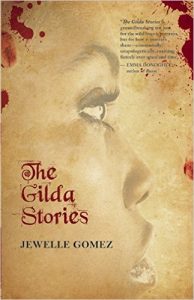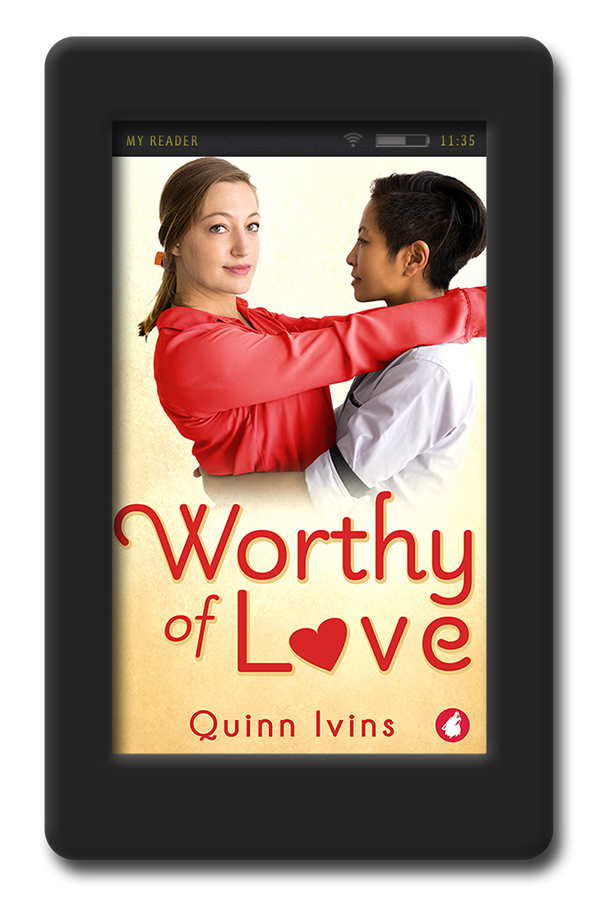Amazon Affiliate Link | Bookshop.org Affiliate Link
Trigger Warning: This book has scenes of sexual assault.
Gilda starts out her journey as Girl, running from a plantation in which she was a slave and her mother died. She is taken in by a vampire, who gives her her name and gives her longevity, a life without end. Her journey takes her from her birth as a vampire in the 1850s, to 1870s, 1920s, 1950s, 1970s, 1980s, 2020, and finally to 2050. Gilda learns what it means to be a vampire, part of a vampire family, the importance of mortals but also of herself, but most importantly what it means to truly love.
This was an enjoyable, episodic story that did not have a central villain or character arc, but through the different eras Gilda lives we experience different conflicts, characters, and mini-arcs that make up her whole journey. There were some recurring characters and plot threads that helped give the story cohesion and narrative flow. The different time periods were interesting to learn about from the point of view of the same person, learning and changing with society.
Gilda’s arc feels very much like it is based around the idea of found family. She runs away from the plantation when her mother dies and finds the original Gilda who turns her, and Bird, the vampire who will teach her and then leave on her own journey of self-discovery. Gilda then finds family in other vampires, Sorel and Anthony, then later in one who she turns, and in another, more ancient vampire that I won’t spoil the name of. At the beginning of her story she is alone and in danger, but through the many decades she learns to find ways to connect to the world around her.
I almost wanted to have chapters from the other vampires’ points of view. There is Bird, a Lakota woman who spends her immortal life working to help and reclaim land for indigenous and native peoples. Sorel and Anthony, a couple who spend their lives together, but one of which is scarred by a decision to turn the wrong person and the destruction they wreak. There are many more characters whose stories we are given glimpses of through Gilda, but I would have rather have seen them myself than be told about them.
I really enjoyed the first half of the book, but once we reached the 1970s and on I felt the story was missing opportunities to explore more of the time period. I would have really liked to have seen a discussion about how vampires would have approached the AIDs epidemic. There is a lot that goes into how and why to turn someone, and we are shown what happens when the wrong person gets turned. Gilda herself struggles with the decision of who to take into immortality.
Gilda mainly enjoys and has relationships with women. She takes on several lovers during her long life, and we do get to engage with those storylines, this book is not a romance. It feels realistic in how it approaches romance, how most people love more than once, if not several times, and for vampires with immortality this would be true as well.
I do want to note that Gilda is described as a lesbian by the blurb, and I won’t gatekeep labels. However, I do feel it would be negligent not to mention that Gilda does have some erotic involvement with a man during one time period. This relationship is not described as romantic, and Gilda makes it clear she is not romantically involved with this man after they share a bed. This falls into an interesting part of the vampire lore of this book, in which vampires are described as having familial connections to one another but there are also these erotic scenes between them.
Overall, I will be honest that I am conflicted on this book. There were parts that left me feeling confused about the choices that were made in the narrative and description of relationships. Having said that, I did enjoy reading it and would recommend it to anyone interested in a story about a black, queer vampire as she explores her long life and the people she meets.


